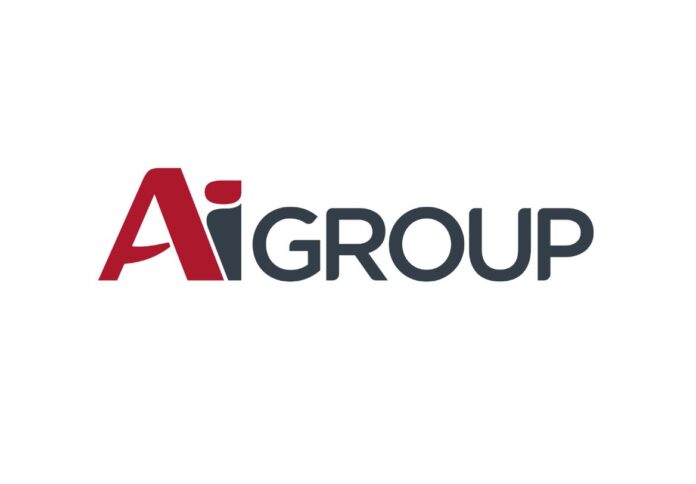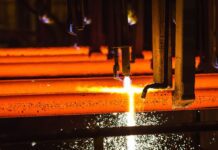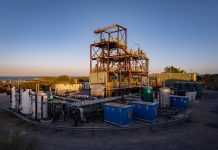
A $2 billion commitment to cleaner aluminium production in Australia is being hailed as a significant vote of confidence in the future of the sector, according to Innes Willox, Chief Executive of the Australian Industry Group.
The funding, aimed at supporting the decarbonisation of aluminium smelting, is expected to enhance Australia’s position as a key global supplier of the metal.
Willox emphasised that as the world continues to pursue sustainability goals, the demand for aluminium will remain strong, making the investment critical to ensuring Australia remains competitive in the global market.
“The world will continue to need aluminium as it decarbonises, and we could remain a supplier of choice if we are agile and efficient,” Willox said.
While he acknowledged the significance of the funding, he also stressed that it would not be enough on its own to secure the industry’s future.
A conducive business environment that fosters growth and innovation in industries such as aluminium is equally vital.
For energy-intensive industries like aluminium, Willox noted that a key challenge is ensuring the infrastructure needed for smelting operations is both permitted and built efficiently.
This includes essential components such as wind and solar energy sources, transmission networks, storage solutions, and gas peakers.
He pointed out that substantial efforts are already underway to expedite the development of this infrastructure, underscoring its critical role in enabling long-term plans for aluminium smelters.
The $2 billion allocation will be distributed over the next two decades, from 2028 to 2044, and will be paid per ton of aluminium produced, with the funds directed through the Business Grants Hub to the four major smelters in the country.
However, Willox emphasised that this funding needs to be integrated into a broader package of support for Australian industries at large.
Alongside financial aid, he highlighted the importance of investing in workforce development, skills training, and ensuring access to robust supply chains.
“There will be a lot of interest in comparable policies from sectors that are not part of today’s announcement,” he remarked. Willox anticipates that similar policies will be introduced for industries such as iron and steel, although he noted that these should be tailored to the specific circumstances of each sector.
He commended the aluminium policy for being based on a solid foundation of opportunity, future growth potential, and a clear exit strategy, suggesting that future policy announcements should follow suit.
As most of Australia’s aluminium production is exported, Willox underlined the importance of maintaining a strong global trade environment.
Policies must align with Australia’s trade commitments and support the nation’s position as an advocate for sound World Trade Organization rules.
“We look forward to working with the government through the detail of this policy,” Willox concluded, expressing optimism about the potential of this initiative to support the continued growth of Australia’s aluminium industry.



















